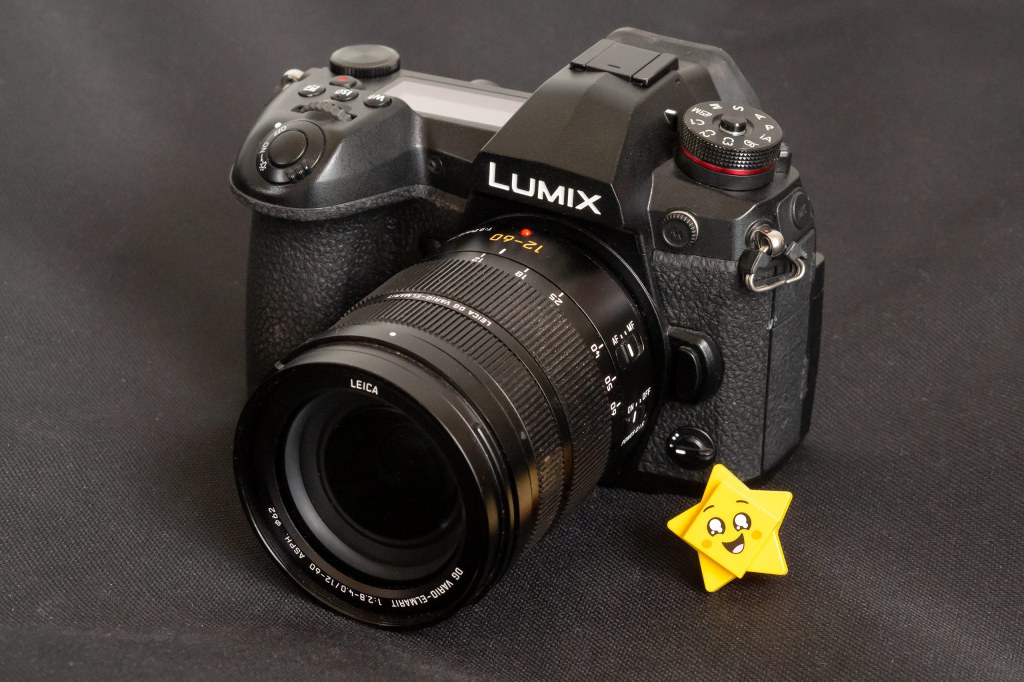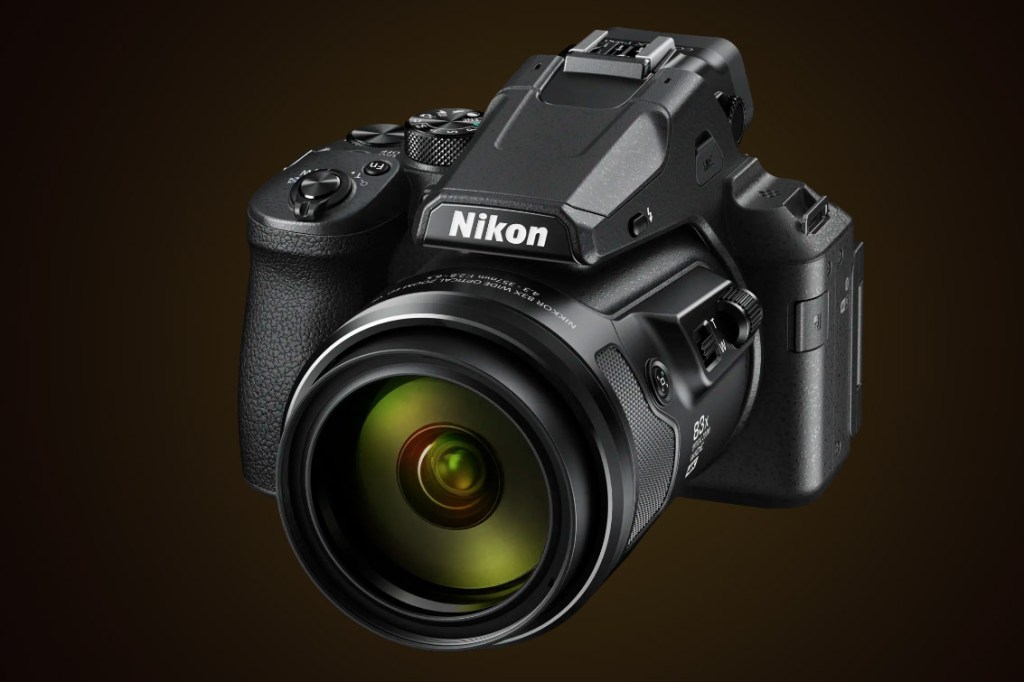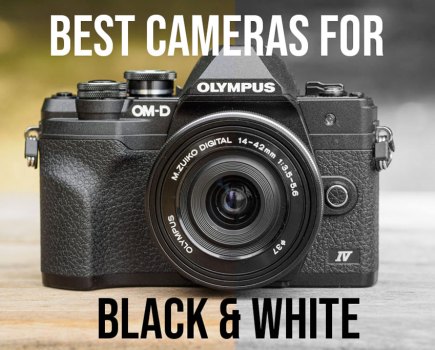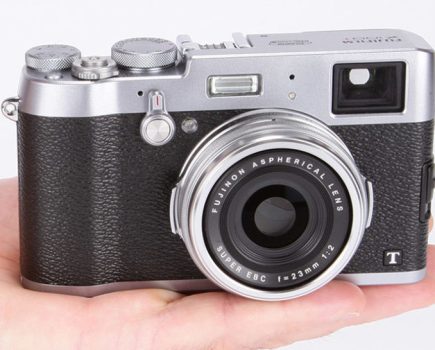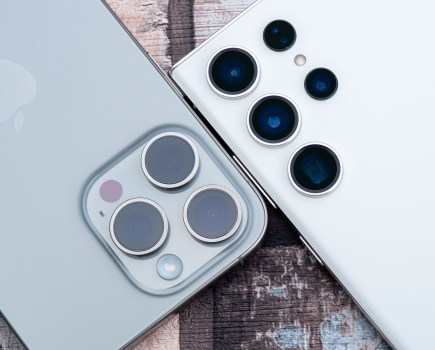The best cameras for action and sports photography need to be able to capture fast, fleeting moments in pin-sharp detail. This means that we’re looking for a number of key features – we want fast burst rates, with plenty of frames per second (fps) to ensure the moment isn’t missed.
A good sports camera should also have a fast, accurate autofocus system that can keep up with tricky moving subjects, even as they flit in and out of frame. Good high-ISO performance is a plus too, as having more sensitivity on your sensor will allow you to use shorter shutter speeds, bettering your chances of freezing the action.
We’ve put together this guide to help you find the best sports cameras across the price spectrum, starting out with budget-friendly models for beginners, and moving up to the top-of-the-line professional options. Check out our guide to how to shoot action and sports photography for more tips, or read on as we count off the best cameras for action and sports photography that you can buy right now…
Our picks of the best cameras for action and sports photography
Best beginner sports camera: Fujifilm X-T30 II
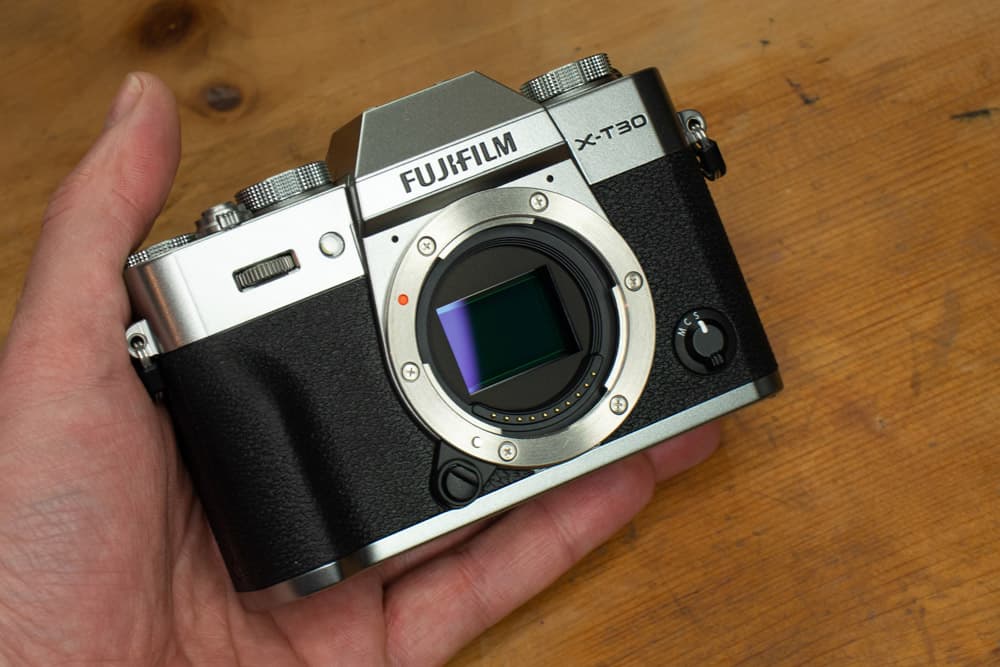
Fujifilm X-T30 Mark II uses an APS-C sensor, giving you extra effective telephoto reach for sports shooting.
At a glance:
- Mirrorless camera
- 26.1MP X-Trans CMOS IV APS-C sensor
- Up to 30 fps with electronic shutter (cropped), 20 fps uncropped
- ISO 80 – 51,200 (extended)
- 4K 30p video recording
- $899 / £769 body-only
An update to one of Fujifilm’s most popular cameras, both critically and commercially, the Fujifilm X-T30 II is an outstanding APS-C mirrorless shooter that makes for an exceptional starter sports camera. It can reach a maximum burst speed of 30fps in a cropped shooting mode with its electronic shutter, and the generous ISO range of ISO80 – ISO51,200 gives you a good deal of flexibility.
As we noted in our review, Fujifilm has priced this camera competitively considering how well-specced it is – the RRP is $899 / £769 body-only, and for that you get the same sensor as featured in the flagship Fujifilm X-T4. Fujifilm X cameras are great fun to use, with satisfying handling and dial-based controls, and you also get another serious advantage – the X-mount lens range, which is a fantastic series of pin-sharp optics, perfect for freezing action.
Pros:
- Excellent out-of-camera JPEGs
- Satisfying physical handling
- Superb lens range
- Great value for money
Cons:
- Easy-to-knock exposure comp dial
- No in-body stabilisation
Best for: sports-shooting novices who want to learn the ropes.
Best budget sports camera: Sony A6000
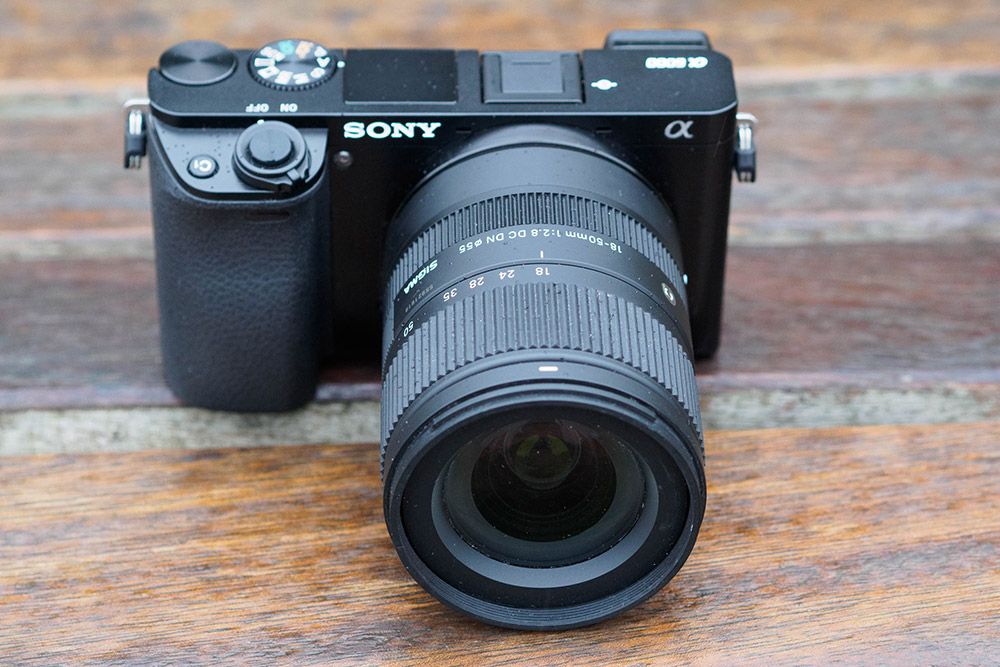
The Sony A6000 has an excellent selection of sports-friendly lenses.
At a glance:
- Mirrorless camera
- 24.3MP full-frame Exmor APS-C HD CMOS sensor
- 11 fps shooting
- ISO 100 – 25,600
- Full HD 60p video recording
- $500 / £429-499 body-only
Though it’s an older camera, the Sony A6000 is still a solid choice for prospective sports and action shooters. You can generally pick one up for less than £500, often with a starter kit lens, and this makes it one of the savviest buys on the market. Lightweight and speedy, this E-mount mirrorless camera performed well in our tests across all manner of shooting conditions.
Sony first deployed here an autofocus system that would be refined in subsequent APS-C A6XXX cameras, but it got a lot right the first time, and the A6000 is pretty dependable even with moving subjects. Having 11fps shooting is handy too, and means you’re unlikely to miss the moment – or at least if you do, it won’t be the camera’s fault! There’s also a good range of E-Mount lenses to choose from.
Pros:
- Cheap, and getting cheaper
- Impressive autofocus
- Lightweight and portable
Cons:
- No stabilisation
- No 4K
Best for: tight-budget shooters who want mirrorless flexibility.
Best travel sports camera: Panasonic Lumix G9
At a glance:
- Mirrorless camera
- 20.3MP Micro Four Thirds MOS sensor
- 60 fps shooting
- ISO 100 – 25,600 (extended)
- 4K 60p video recording
- $997 / £999 body-only
Weather-sealed, the Panasonic Lumix G9 is a sports camera for those who want to be ready for anything. If you want to shoot pickup basketball games in New York City, muddy motorsport races on torrential days at Brands Hatch, beach volleyball tournaments on Australian beaches, or whatever else, the Lumix G9 will be a fantastic companion. We took the Lumix G9 out for a full field test to a remote sub-Antarctic island, and were greatly impressed by how well it performed in challenging conditions.
It’s well supported by the extensive Micro Four Thirds lens range, which gives you absolutely loads of choice, and the significant crop factor of the MFT sensor means that you can get telephoto reach for a lower price than you’d pay if shooting with a bigger sensor. The electronic viewfinder is also a big feather in the G9’s cap – with a massive magnification of 0.83x, it puts you right in the action.
Pros:
- Extensive weather sealing
- Comprehensive lens range
- Superb electronic viewfinder
- Blistering 60fps burst
Cons:
- 4:3 default format not for everyone
- Quite heavy for MFT
Best for: adventurous, globe-trotting sports photographers.
Best superzoom sports camera: Nikon Coolpix P950
At a glance:
- Compact (bridge) camera
- 16MP 1/2.3-in CMOS sensor, 24 – 2000mm equivalent lens
- 15 fps shooting
- ISO 100 – 6400
- 4K 30p video recording
- $797 / £799
A superzoom bridge camera gives you more zooming power for your buck than pretty much anything else on the market. The Nikon Coolpix P950 boasts a whopping upper optical zoom range of 200mm equivalent, and using the digital zoom technology this can even be pushed to 4000mm, close enough to make out the individual follicles on a football player’s head, if that’s something you want to do.
An equivalent setup in a mirrorless or DSLR system would likely run you into a five-figure price tag, so the Nikon Coolpix P950 is certainly offering value for money. You just need to be aware of its limitations; namely, the 1/2.3-inch sensor size, which has a notable impact on image quality, especially in low light. If this camera is out of your budget then it’s worth looking at its predecessor, the Coolpix P900, which can generally be picked up second-hand for under 500. It’s missing a few features like an accessory hotshoe, and has a smaller viewfinder, but it’s still got that colossal zoom range.
Pros:
- 83x optical zoom range
- Impressive portability
- RAW format support
Cons:
- Small sensor impacts image quality
- Relatively pricey
Best for: budget photographers who want to keep things simple.
Best enthusiast sports DSLR: Canon EOS 90D

Relatively small for a DSLR, the EOS 90D is nevertheless ruggedly built. Photo credit: Michael Topham.
At a glance:
- DSLR
- 32.5MP APS-C CMOS sensor
- 10 fps continuous shooting
- ISO 100 – 51,200 (extended)
- 4K 30p video recording
- $1,199 / £1,209 body-only
There’s a lot to be said for a good old DSLR in the hand. With its chunky handgrip and optical viewfinder, the Canon EOS 90D provides a slightly old-fashioned but sublime shooting experience – heavier than its mirrorless contemporaries, but eminently satisfying to use. It’s the most recent enthusiast DSLR Canon has released, and quite possibly the last one we’ll ever see, and if that’s the case, it’s a hell of a note to go out on.
When we reviewed the Canon EOS 90D, we found its revamped 32.5MP sensor produces exceptional images, with enough detail that you can crop in if you didn’t get as close as you’d like. The lenses that tend to get bundled with this camera don’t really do it justice, so it’s worth saving to upgrade to another Canon EF-mount lens if you do go for it. While it’s not got a perfect feature-set for sports – lacking a second card slot, for instance – the EOS 90D has a lot going for it, such as the large LP-E6N battery, with which you can keep shooting all day.
Pros:
- Excellent resolving power
- Beautiful optical viewfinder
- Superb ergonomics
- 1300-shot battery
Cons:
- Only one card slot
- Cheap lenses don’t do sensor justice
- Ageing AF system
Best for: enthusiasts who prefer an optical viewfinder.
Best APS-C mirrorless camera for sports: Fujifilm X-H2s
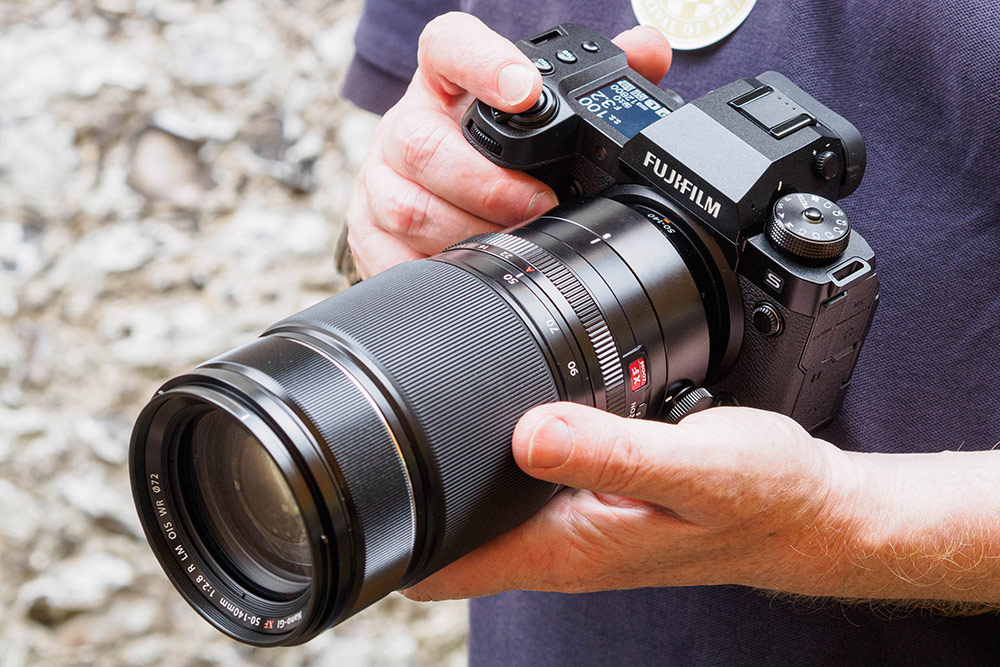
The Fujifilm X-H2S is one of the most sophisticated APS-C cameras ever made. Photo credit: Andy Westlake
At a glance:
- 26.2MP APS-C stacked BSI CMOS sensor
- ISO 80-51,200 (extended)
- 40 frames per second shooting
- 6K 30p / 4K 120p video recording
- 5-axis in-body stabilisation
- $2,499 / £2,399 body-only
The Fujifilm X-H2s uses a 26.2MP APS-C stacked BSI CMOS sensor which lets the camera shoot at an impressive 40fps, and on top of this the camera features an effective subject-recognition autofocus system which can detect animals, birds, cars, motorbikes, airplanes and trains! If you’re into motorsports, then this camera is designed for you.
The camera has a wide ISO range, meaning you can shoot in lower light conditions without having to worry too much about using higher ISO speeds when needed, meaning you can keep shutter speeds nice and fast. With a wide-range of X-mount lenses available, this is easily one of the best Fujifilm cameras available.
Pros
- Super-fast shooting and responsive operation
- Great image quality in both JPEG and raw
- Effective subject-recognition autofocus
- Robust, weather-sealed build quality
Cons
- Occasionally unresponsive touchscreen
- Expensive for an APS-C model
Best for: high-speed shooting for those who don’t want to go to full-frame
Best sports camera for burst shooting: Nikon Z9

The Nikon Z 9 is a true professional sports camera. Photo credit: Andy Westlake.
At a glance:
- Mirrorless camera
- 45.7MP full-frame stacked CMOS sensor
- 120 fps shooting at 11MP (20 fps full-resolution RAWs)
- ISO 32-102,400 (extended)
- 8K 30p video
- $5,499 / £5,299 body-only
Now we’re getting into the big leagues. The Nikon Z9 is the firm’s flagship mirrorless sports camera, and pound-for-pound it’s the most advanced continuous shooting camera on the market right now.
Using the full resolution of its 45.7MP it can capture images at up to 30fps in JPEG, or 20fps in RAW format. More than respectable. Drop that resolution down to 11MP however, and you can bump this frame rate up to an absolutely incredible 120fps. Pair this with a ground-breaking AI-powered autofocus system, and it starts to become clear why the Z9 is hailed as one of the finest sports cameras ever made.
Naturally, all this tech doesn’t come cheap. And you’ll need advanced CFExpress memory cards to take advantage of those speeds, which bumps the cost up still further. The Nikon Z9 isn’t worth the money unless you’re going to be using all of its pro-level features – but if you are, then it’ll blow you away. There’s also a good range of Z-mount lenses available.
Pros:
- Class-leading burst shooting
- AI subject-detection autofocus
- Efficient, space-saving RAWs
- Pro-quality handling
Cons:
- Inevitably expensive
- Big and heavy
- Requires expensive memory cards
Best for: sports pros who need the fastest burst shooting.
Best sports camera in low light: Sony A9 II
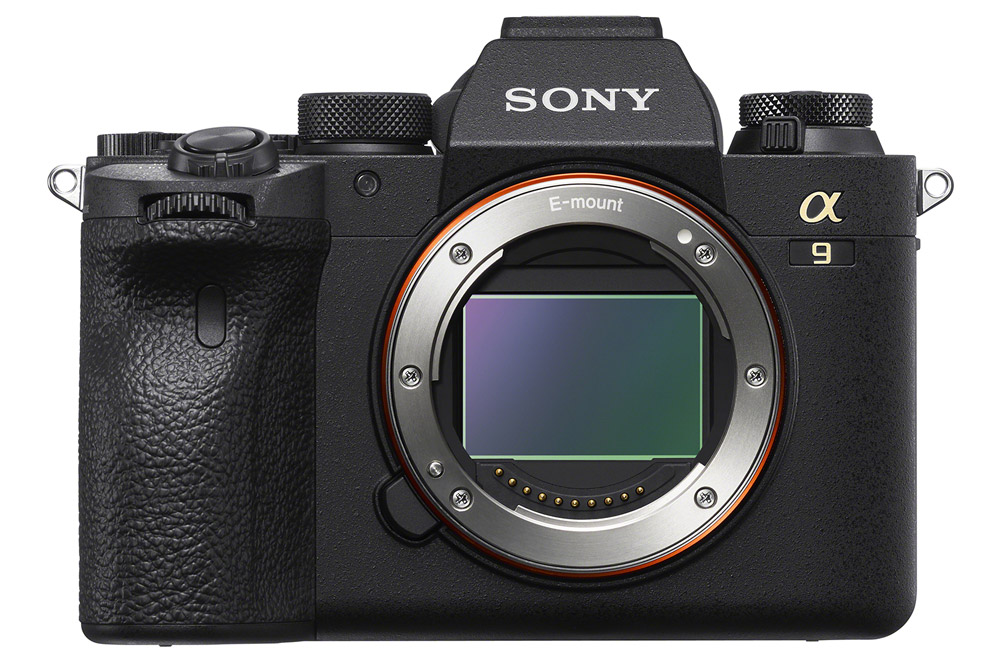
The A9 cameras are Sony’s sports-oriented speed shooters.
At a glance:
- Mirrorless camera
- 24MP full-frame stacked CMOS sensor
- 20 fps shooting
- ISO 50-204,800 (extended)
- 4K 30p video recording
- $4,498 / £4,299
A sports camera made for the working professional, the Sony A9 II packs in loads of features that might not make much sense to an enthusiast, but a pro will be extremely thankful for. The ability to voice-tag images, for instance, is something that can save a huge amount of time when sending images to news desks, and the fast transfers through the ethernet port make this entire process more seamless than ever.
Of course, none of this would matter if the A9 II didn’t have shooting chops, but we thoroughly tested the camera and can affirm that it has truly got it where it counts. The 20fps continuous shooting is enough to capture pretty much anything, while the autofocus is outstanding, particularly the Eye AF. It can also focus in conditions as dim as -3EV, which combines well with the 10fps mechanical shutter to make the A9 II a particularly good low-light choice (the distortion issues that can plague electronic shutters will be more pronounced in low light). You’ll also find there’s a wide range of E-Mount lenses available.
Pros:
- Reworked mechanical shutter
- Superb Eye AF
- Voice tagging feature
Cons:
- No CFExpress
- Abstruse Sony menu architecture
Best for: working sports press photographers.
Best Micro Four Thirds sports camera: OM System Olympus OM-1
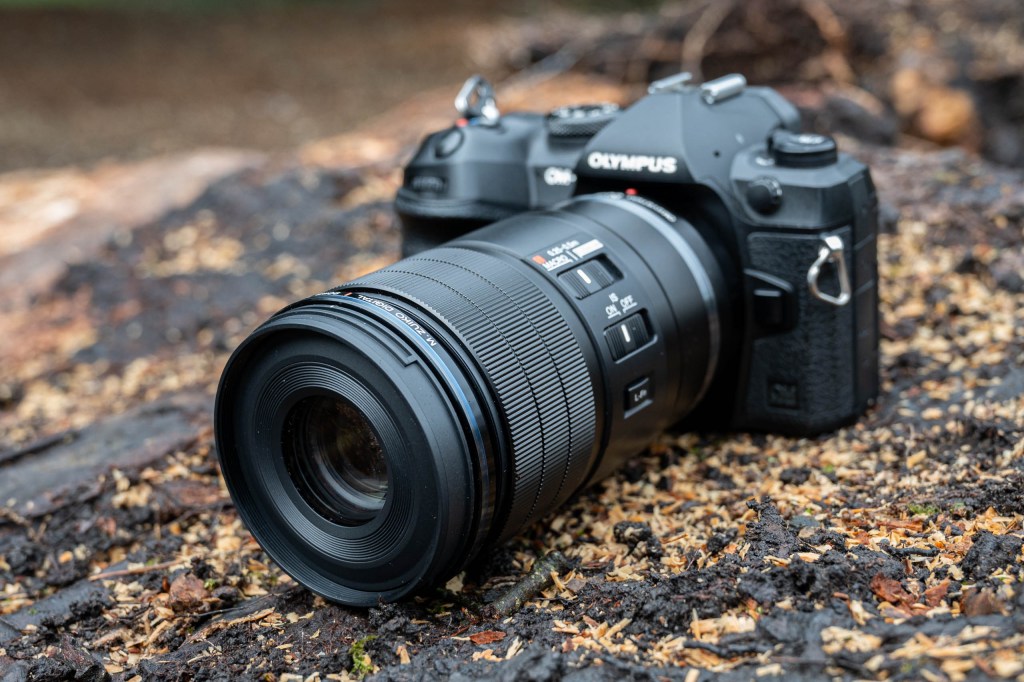
OM System M.Zuiko ED 90mm F3.5 Macro IS PRO mounted on OM-1 front view. Photo credit: Amy Davies.
At a glance:
- Mirrorless camera
- 20.4MP Four Thirds stacked CMOS sensor
- 50 fps with C-AF, 120 fps with AF locked
- ISO 80-102,400 (extended)
- 4K 60p video recording
- $1,999 / £1,999 body-only
The Olympus OM-1 is simultaneously a first and a last. It’s the first camera out of the gate since the sale of Olympus’ imaging division to OM Digital Solutions, and also the last that will bear the Olympus branding. As such, in its name it pays tribute to the original Olympus OM film SLR – and it’s a worthy tribute indeed,
This is a really impressive camera for the price. It can manage 120fps burst shooting with AF locked, putting it almost on a par with the Nikon Z9, which costs more than double the price. Knock that rate down to a still-impressive 50fps and you get continuous autofocus, as well as blackout-free shooting.
There are loads of other features we highlighted in our glowing review of the camera as well, like the extensive weather sealing, the 1053-point autofocus system, and the clever Pro Capture mode that can capture up to 70 shots before you press the shutter release button. Granted, the smaller MFT sensor with 20MP resolution may simply not be enough for some users – if you can live with it, there’s a fine camera here, with a wide range of lenses available.
Pros:
- Seriously fast burst shooting
- Half the price of pro sports cameras
- IP53 weather rating
- Exceptional stabilisation
Cons:
- 20MP MFT sensor may not be enough
- Menus not touch sensitive
Best for: outdoor sports-shooting enthusiasts.
Best sports DSLR: Canon EOS-1D X Mark III

The EOS-1D X Mark III is (probably) one of the last great DSLRs, and still one of the best cameras for action and sports photography.
At a glance:
- DSLR
- 20.1MP full-frame CMOS sensor
- 20 fps shooting
- ISO 50 – 819,200 (extended)
- 4K 60p video recording
- $5,999 / £6,499
Sure, it’s been pretty much superseded by the Canon EOS R3 – but we couldn’t resist including the Canon EOS-1D X Mark III, as it’s almost certainly set to go down in history as the last great sports DSLR. It’s an absolutely excellent camera for action shooting, with deep-learning autofocus that gets better as you use it, a lean 20fps burst speed, and an effectively unlimited shot buffer.
The immense pedigree of EF lenses means you’ll never be short of glass – though you may find that new ones are in short supply in years to come as Canon continues to divert its attention and resources to the EOS R system. Still, let’s not get carried away – you could shoot sports for the rest of your life on the EOS-1D X Mark III, and never feel as though you were getting a raw deal. It’s an incredible camera.
Pros:
- Futuristic deep-learning autofocus
- Near-unlimited shot buffer
- Excellent high-ISO performance
- Unmatched DSLR handling
Cons:
- Big and heavy
- Not where the future’s going
Best for: pros and serious enthusiasts who prefer DSLR ergonomics.
Best sports camera overall: Sony A1

The Sony Alpha A1 is a burst-mode machine. Photo credit: Andy Westlake
At a glance:
- Mirrorless camera
- 51MP full-frame Exmor RS CMOS sensor
- 30 fps shooting
- ISO 50-102,400 (extended)
- 8K 30p video recording
- $6,499 / £6,500 body-only
And lastly, here it is, the camera that does everything. The Sony A1 is the camera that proves you don’t have to choose between speed and resolution. If you’ve got the cash – and make no mistake, it’s a lot of cash – then the Sony A1 is the camera that will shoot incredibly detailed 50MP images at a rate of 30fps, with autofocus adjustments in between shots, somehow.
All this is backed by the at times preternatural-seeming autofocus system, which makes capturing fast-moving subjects a matter of near-trivial ease – in our review, we described it as “so easy that it feels like cheating”. There’s also the new sensor design that eliminates the image distortion problem that can affect electronic shutters. Plus, the E-mount lens range, which is still far and away the most extensive glass catalogue for a full-frame mirrorless system.
It’s the new frontier of what camera tech is capable of, and it’s difficult to think of a sports-shooting scenario at which the Sony A1 would not utterly excel.
Pros:
- Full-resolution 30fps burst with AF
- Exceptionally good viewfinder
- 8K video
Cons:
- Incredibly expensive
- Hard to operate with gloves
Best for: everything.
Lead image: Andy Westlake, taken with the Fujifilm X-H2s.
Further reading
- How to shoot action and sports
- Stunning winning images of the 2022 World Sports Photography Awards
- Gerry Cranham on his legendary sports photography career


